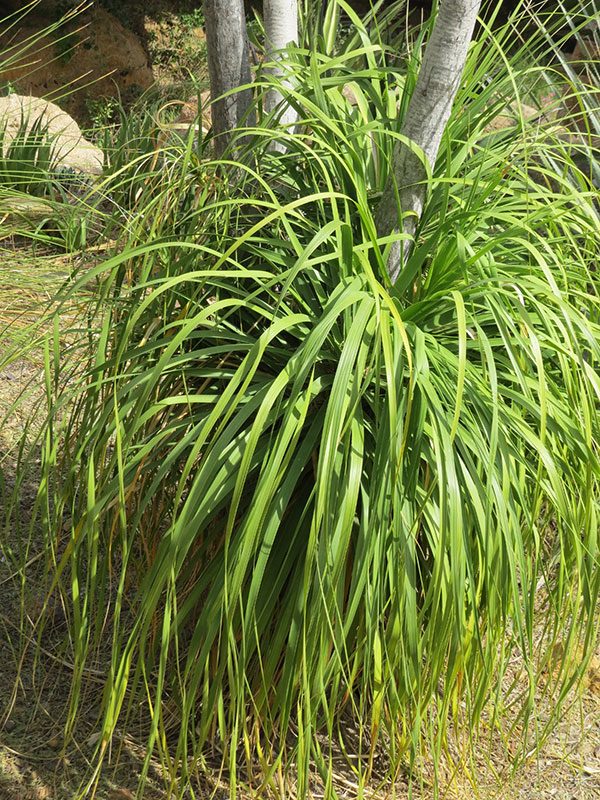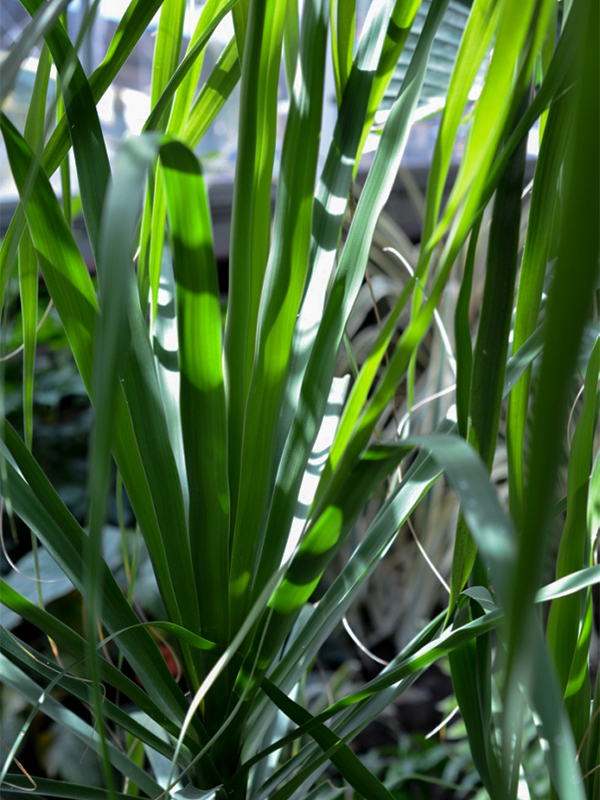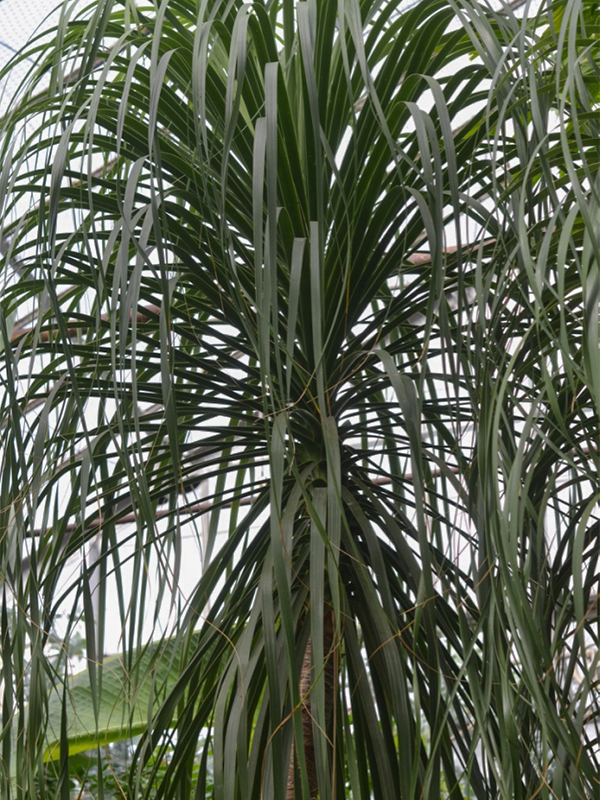| General Description | Thick-barked evergreen. |
| ID Characteristic | Expanded caudex, for the purpose of storing water. This plant is able to store a year-long water supply in its bulbous trunk. |
| Shape | Bushy. |
| Landscape | Container or patio plants. |
| Propagation | By seed. |
| Cultivation | Best grown in sandy soils with sharp drainage in full sun. Plants should be given regular water but allowed to dry out between waterings. |
| Pests | Spider mites and mealy bugs. Roots will rot in wet soils. |
| Notable Specimens | Desert Botanical Gardens, Phoenix, Arizona, United States of America. Centennial Conservatory, Thunder Bay, Ontario, Canada. |
| Habitat | Semi-desert areas of the United States of America, Mexico and Central America. |
| Leaf Description | Leaves grow up to 2 m long and are stiletto-shaped, growing in a rosette at the top of the plant. |
| Flower Description | Clusters of small, insignificant flowers are borne on short stalks, through they are unlikely to appear on indoor plants. |
| Colour Description | Bark ranges from greyish brown. Leaves are green. Flowers are white. |
| Texture Description | Bark has wrinkled texture. Leaves are leathery. |



